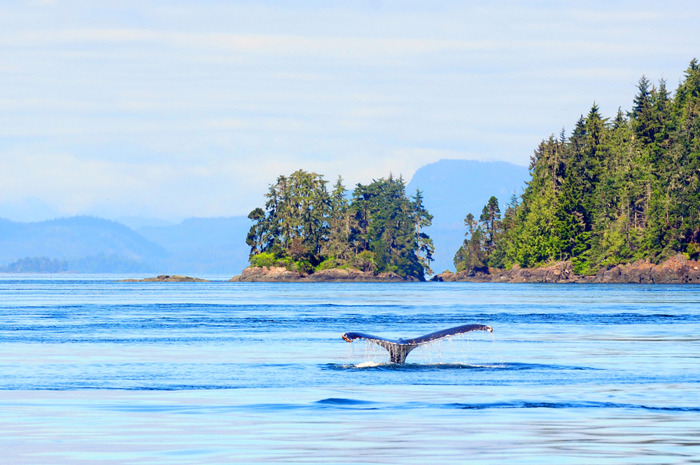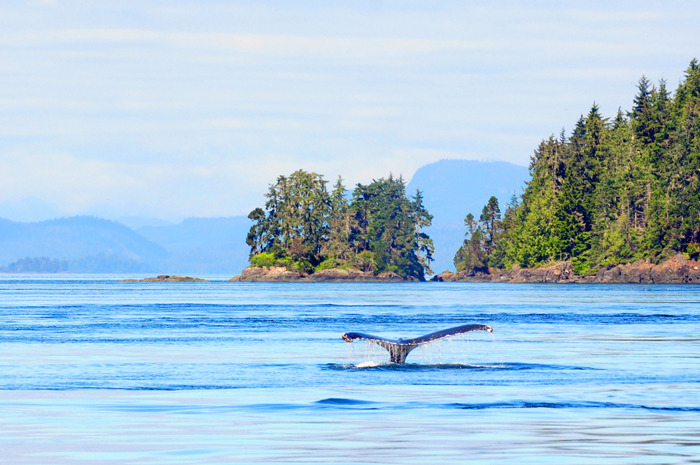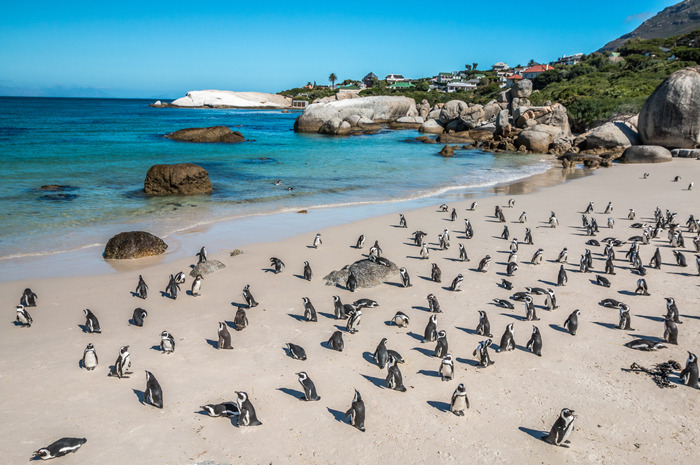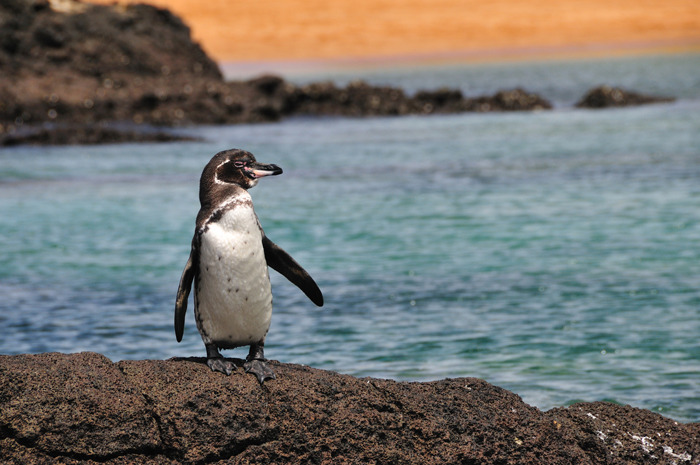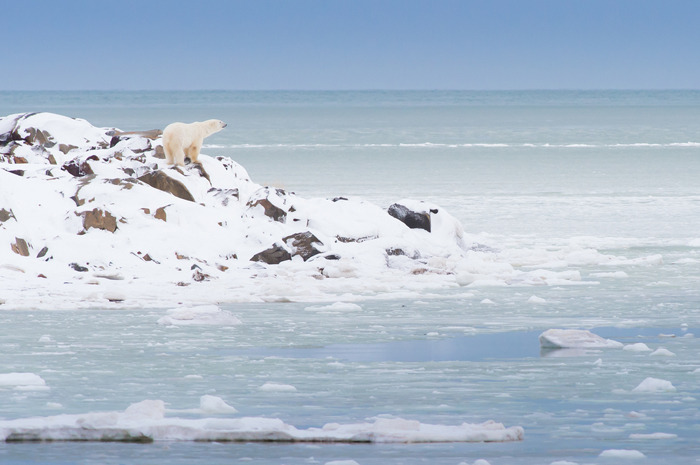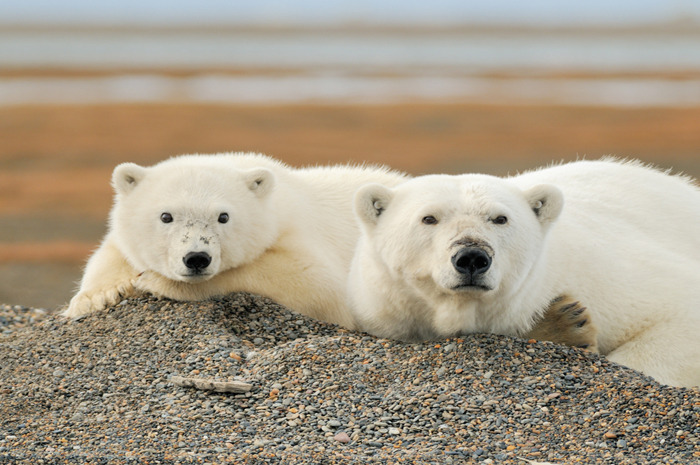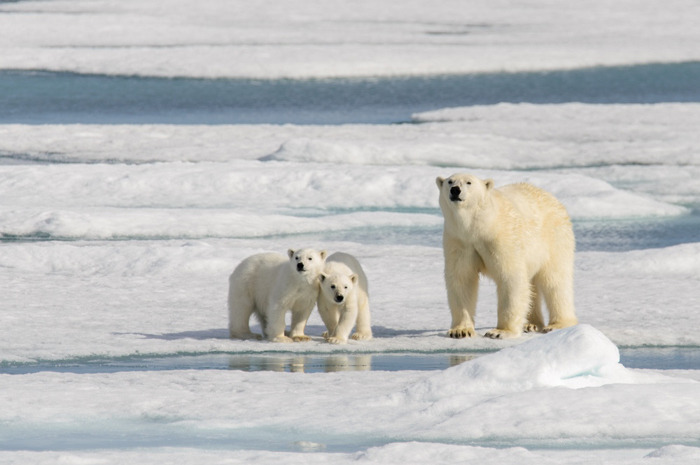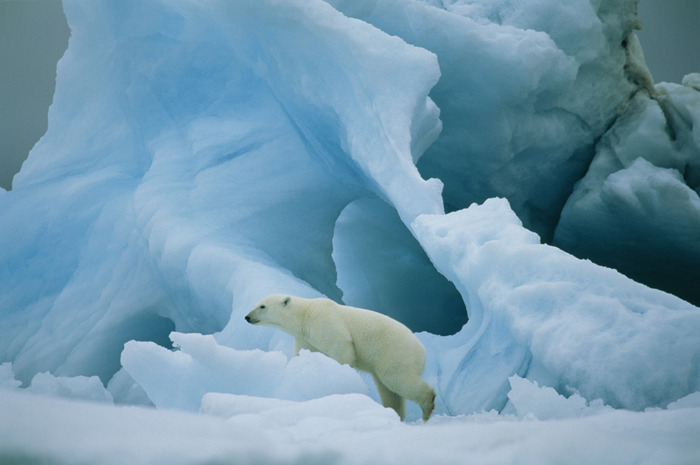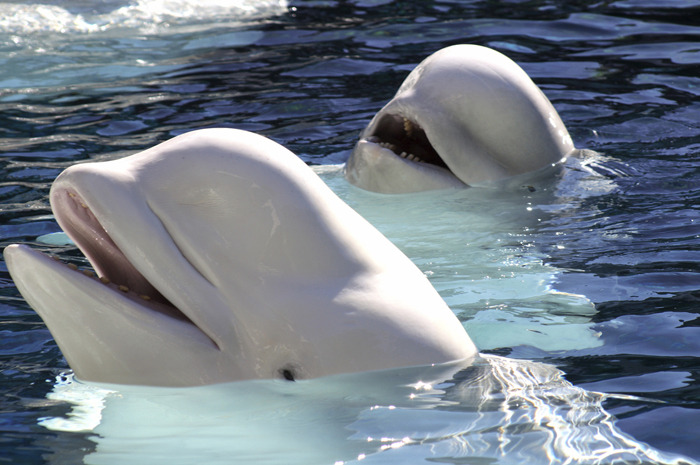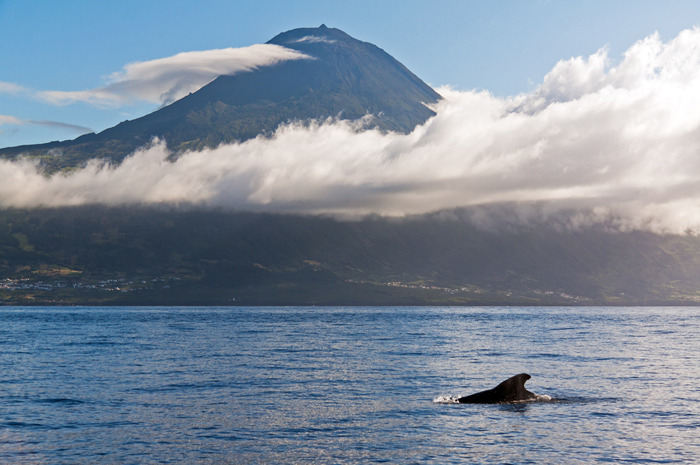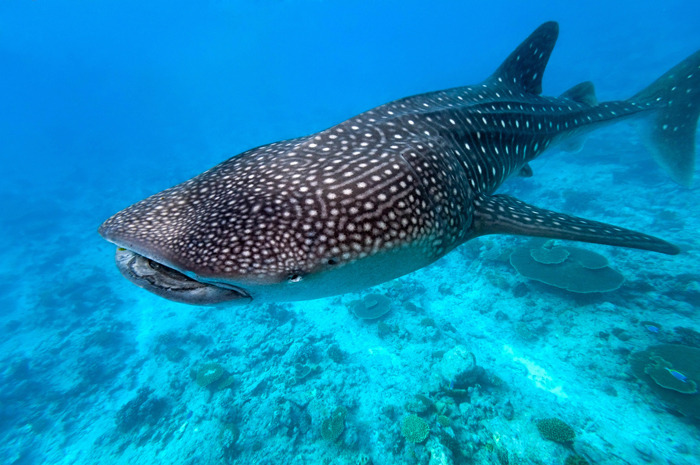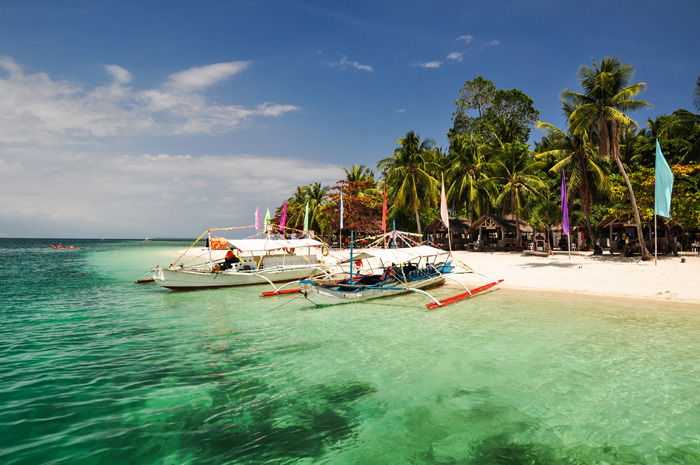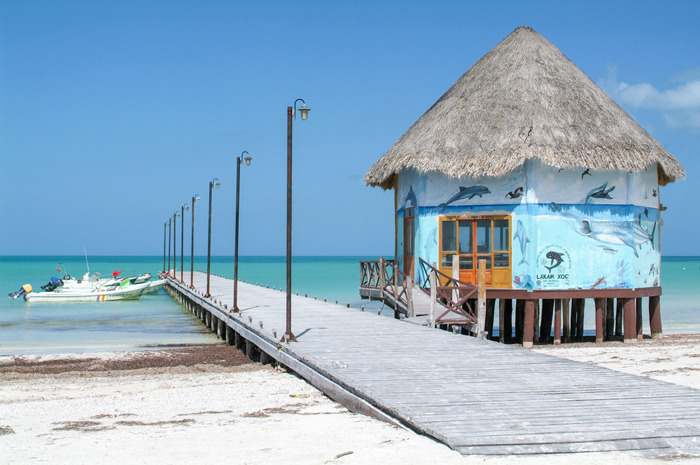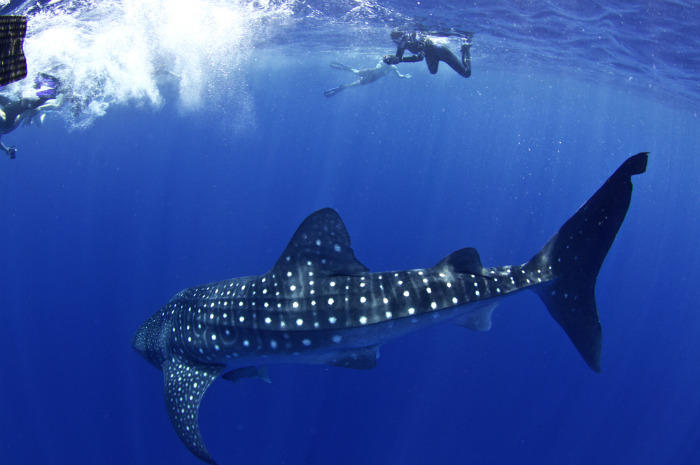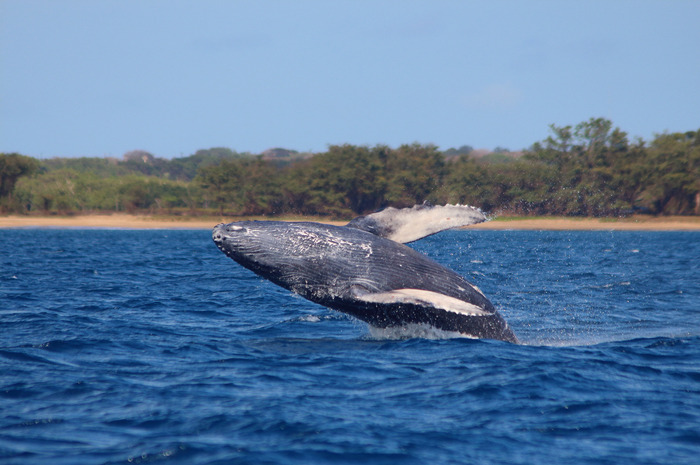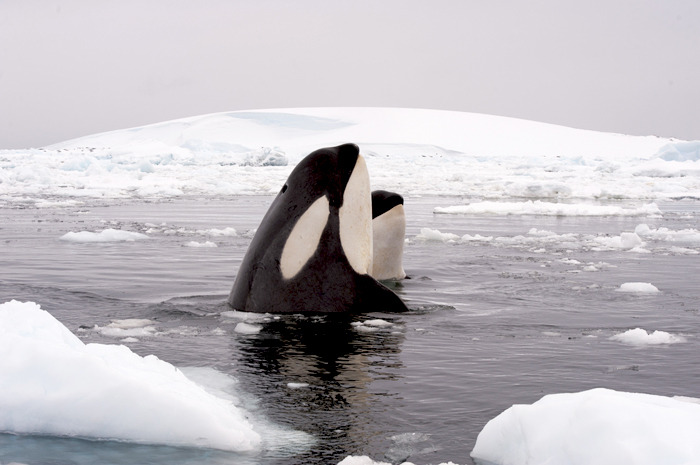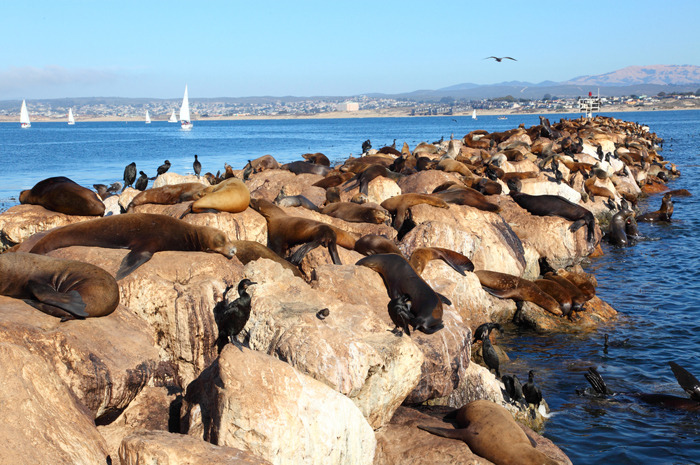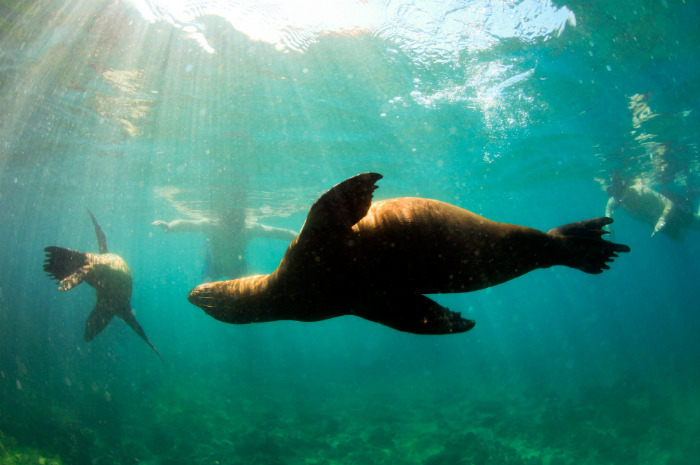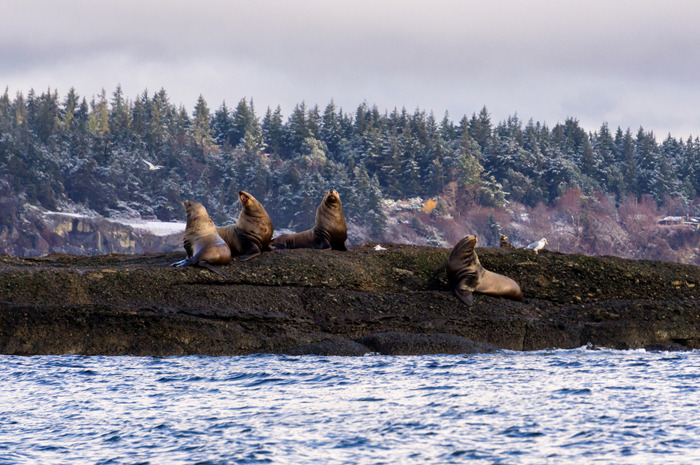The Best Places To See Penguins, Polar Bears, Whales And More
The Best Places to See Penguins, Polar Bears, Whales and More
One of the purposes of traveling is expanding your horizons, learning about new cultures and making new friends. What if your next contacts are exotic representatives of marine life? Consider an inspiring and exciting adventure where the focus of your attention is not a history lesson but swimming with sea lions, diving with sharks or taking pictures with penguins.
Penguins: Tierra del Fuego, Argentina and Chile
Few attractive wildlife species attract more attention in the region than the King Penguin, the second largest species of penguin after the Emperor. You can book special tours designed to get you close to this fascinating creature. Tierra del Fuego is the only continental American breeding colony of The King Penguin, according to FS Expeditions.
Penguins: Phillip Island, Australia
Keen adventure travelers will love day trips from Melbourne to Philip Island. On the way there, you will see koala in the wild and wallabies. Even on a slow night at sunset 1,000 to 2,000 Little Penguins come in on rafts. For an admission fee it is possible to walk along with the incoming penguins as they relocate their nests.
Penguins: Cape Town, South Africa
At Boulders Beach, just outside Cape Town, you can get to know the city's most famous birds – the African Penguin. This is the only place in the world where one can get up close to them, according to South African Tourism. They are attention-seekers and love visitors. Penguins in the country are under threat from the loss of habitat, declining fish, and human intrusion.
Penguins: Otago Peninsula, New Zealand
The Otago Peninsula is home to breeding areas for the Little Blue Penguin, the world's smallest penguin, and the rare Yellow-eyed Penguin, which was endangered. The best way to observe these birds is with a wildlife tour operator, and you may even see sea lions and seals as well, according to Pure New Zealand.
Penguins: Galapagos Islands, Ecuador
Galapagos Islands are a place you should visit while you still can, and not just for the amazing opportunities to see penguins. The northernmost of all penguins, Galapagos Penguins breed right on the equator. Populations fluctuate heavily under the influence of El Niño to a degree that the future survival of the species is endangered, according to Penguin World. Ecuador, which owns the Galapagos, has been getting ready to build a "penguin condos" island and to impose restrictions on tourism.
Polar bears: Churchill, Manitoba
This is one of the few human settlements where polar bears can be observed in the wild, according to Everything Churchill. Thousands of visitors go every fall to experience the delight of seeing these magnificent animals. The best time to go is between October and November, when the bears begin their move from their summer habitat on the tundra back to seal-hunting territory.
Polar bears: Kaktovik, Alaska
The surroundings of this Arctic village are home to about 80 polar bears that attract thousands of tourists every fall season. Sometimes the bears even make it into the town at night. You can go on a tour that will take two full days of Polar Bear viewing by boat and half a day of Polar Bear viewing from land.
Polar bears: Spitsbergen, Svalbard, Canada
This is one of four main regions where you can travel to watch polar bears. The best chance to see one is on a longer cruise around Svalbard, which will take you to the North and East of Spitsbergen in July and August, according to Spitsbergen Travel. Polar bears are also occasionally seen on snowmobile safaris to the east coast and on summer boat trips to Pyramiden.
Polar bears: Greenland
Greenland's epic fjords and remote arctic tundra remain under the radar. Polar bears live and breed in the northernmost parts of West Greenland and in Northeast Greenland, but are also occasionally seen elsewhere due to the drifting ice, according to Greenland.com. Your best chance of seeing a polar bear is while sailing by ship along the coast.
Narwhals: Nunavut, Canada
The most unique whale in Nunavut waters is the narwhal, according to Nunavut Tourism. It lives year-round in the Arctic. Narwhal males are distinguished by a long, straight, helical tusk — a modified incisor tooth — extending up to 10 feet in length. Summertime is better for viewing because they move closer to shore. And the best places are the Nunavut communities of Arctic Bay, Pond Inlet and Resolute.
Beluga whales: Cunningham Inlet, Nunavut, Canada
The shallow waters of Cunningham Inlet, on Somerset Island, are a hot spot for these absolutely adorable whale species. They come to mate, raise their young and bask in the Arctic midnight sun. Another reason, according to scientists, is that the whale could molt. Every July they come to rub their old, yellowed skin in the shallows of the inlet, revealing the snow-white epidermis beneath, according to Quark Expeditions.
Blue whales: The Azores, Portugal
The autonomous region of Portugal is an archipelago formed by nine volcanic islands and a few islets. They are still relatively undiscovered, yet they offer a wide range of adventurous activities. Many tours are offered to visitors. The Blue Whale Migration is a special Whale Watching and research program focusing on the biggest animal to ever live on the planet.
Gray whales: Baja California, Mexico
This is one of the most adventurous Spring Break destinations. Kayak by day and camp on the beach by night; you'll find yourself surrounded by an abundance of wildlife. Pacific gray whales return to their traditional breeding and birthing grounds in sheltered San Ignacio Lagoon on Mexico's Baja Peninsula in the winter, according to Natural Habitat Adventures. You can go on a 6-day trip to see them come at the end of their nearly 6,000 miles move from Alaska to Baja.
Whale sharks: Gladden Spit, Belize
Few places offer a diving experience that is as great as in the Belize. The chance to see whale sharks only makes the experience more thrilling. Gladden Spit is well-known for the regal whale sharks that come at certain times of the year to feed. Several companies offer diving packages to go see the amazing sea creatures. The best months for whale shark diving are April and May.
Whale sharks: Honda Bay, Palawan, Philippines
Honda Bay, near Puerto Princesa in Palawan, is a great spot for diving with sharks in the Philippines. This is a less crowded but equally spectacular spot. A lot of tourists are attracted to the place as a diving destination because of the cheaper rates, including for snorkeling. Whale sharks migrate to the Philippines from December until May; April-May is the best time to see them when their numbers peak.
Whale sharks: Holbox, Mexico
The island is about 25 miles long and is home to many stunning and secluded beaches. You have to take a ferry or a water taxi to get you to the isle. If you happen to vacation in Cancun, getting to the island will take at least three hours. Every year the biggest fish in the world migrate in large numbers off the coast of Yucatan Peninsula from mid-May to mid-September after a journey of over 3,700 miles, according to Holbox Whale Shark Tours.
Whale sharks: Utila, Honduras
Utila is the smallest of Honduras' Bay Islands, but can offer some of the largest underwater animal encounters in the Caribbean. The island is often frequented by whale sharks – one of the ocean's gentle giants. While sightings are more frequent in early spring and late summer, it's not uncommon to spot whale sharks year-round, which is why Utila claims to be "the whale shark capital of the Caribbean."
Humpback whales: Hawaii
Winter is the only time in Hawaii you can see migrating humpback whales, which is just one reason why this is the best season to visit the Aloha State. Thousands of them come to the islands' protected waters to mate. January, February and March are the peak months for humpback whale-watching. The best places are Maui, Lanai, and the Big Island, according to GoVisitHawaii.com.
Humpback whales: New Zealand
Southern Ocean humpbacks migrate thousands of miles between high-latitude (Antarctica) summer feeding grounds and low-latitude winter breeding and calving grounds, according to the New Zealand Department of Conservation. The whales travel mainly along the east-coast of the South Island and through Cook Strait during winter, and return along the west-coast during spring.
Orcas: San Juan Islands, Washington
The San Juan Islands are one of the world's best whale watching spots. The majestic killer whales live in there year round, which makes this the perfect vacation escape for both nature-lovers and adventure-seekers alike. Your journey to the islands, whether by plane, boat, or float plane, will offer the opportunity to explore the great outdoors by hiking along beaches or through the deep woods of San Juan Island National Historical Park.
Orcas: Antarctica
Antarctica is the coldest, driest, highest, and windiest continent in the world. It is also home to about 70 percent of the current world population of up to 100,000 of killer whales. Orcas actually have to move out of the Antarctic to regenerate skin, researchers have found. In a little over a month, Antarctic killer whales trek from their chilly residence to the warm waters off the coast of South America and back, according to Live Science. The orcas spend this time letting their skin slough off, replacing the old with new.
Orcas: Westman Islands, Iceland
The best time to see them is in July. Several tours are being offered that will take you on two-hour long trips by boat around Westman Island close to Heimaey so you get close looks at a the amazing bird life, volcanic formations, and of course, orcas. The Killer whale population in Iceland is unpredictable – it can vary considerably due to feeding strategies and available prey.
Walruses: Round Island, Alaska
Alaska has a few big Pacific Walrus colonies, and you'll get good sightings around Cape Seniavin or Round Island. It has hosted as many as 14,000 walruses at one time. Visitors can spend the day or camp during the best viewing times, usually between May and August, but a permit is required, according to Alaska Conservation Foundation.
Sea lions: Monterey, California
Monterey Aquarium is one of the most amazing aquariums in the country. But if you want to avoid paying to see sea lions, head to the Coast Guard Pier next to the Reeside Access Beach Park where many full grown sea lions, baby sea lions and pelicans are hanging out on the rocks. The California sea lion population in Monterey Bay fluctuates during the year, with numbers of mature animals migrating to the southern California breeding grounds in the late spring, and then returning to Monterey Bay in the summer.
Sea lions: Galapagos Islands, Ecuador
Plaza Sur is among the best snorkeling destinations in the world. It is one of the smallest yet richest islands in the archipelago, known for its rich marine life, according to Galapagos Travels. The abundant and friendly sea lions, the largest animals on the islands (with adult males weighing up to 550 pounds), are one of the main reasons snorkelers go there. Sea lions swim alongside kayaks. You will most likely see them as your boat comes closer to the shore.
Sea lions: Hornby Island, British Columbia
British Columbia is one of the best diving destinations in North America. In winter, Steller's and California sea lions gather in the area to feed on huge schools of herring, according to Hornby Island Diving. Tourists love to engage with them as the sea lions are generally curious, energetic and friendly.
Sea lions: La Jolla, California
This coastal spot in San Diego County is one of the most picturesque in the state. Explore the Seven Caves, snorkel with Leopard Sharks and catch a glimpse of a sea lion. SD Expeditions takes divers and snorkelers to see the best that the area has to offer under water. Seals lay on the sand at the Children's Pool Beach. Another place you can almost always see them is at La Jolla Cove.
